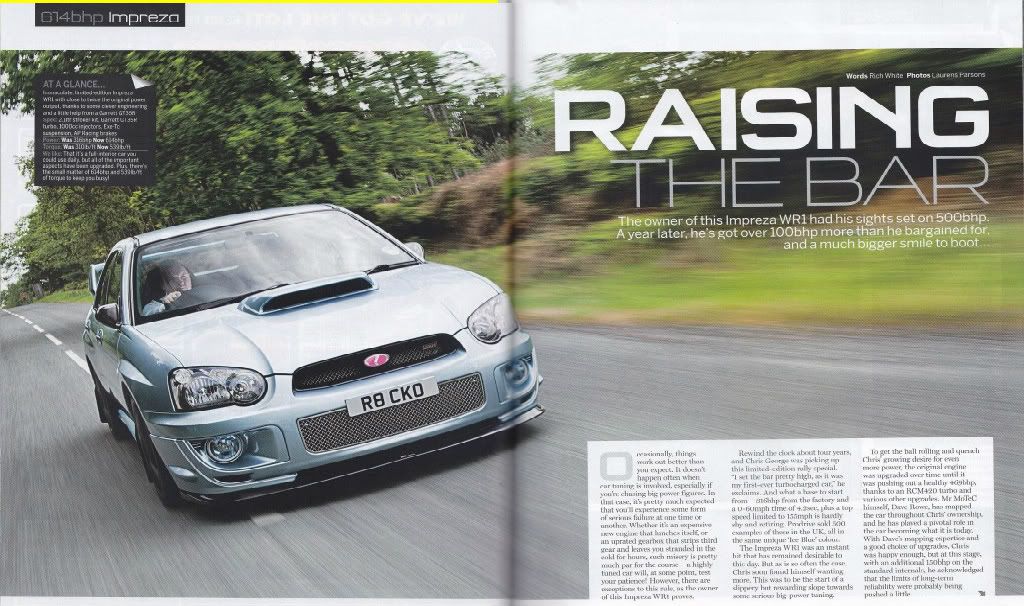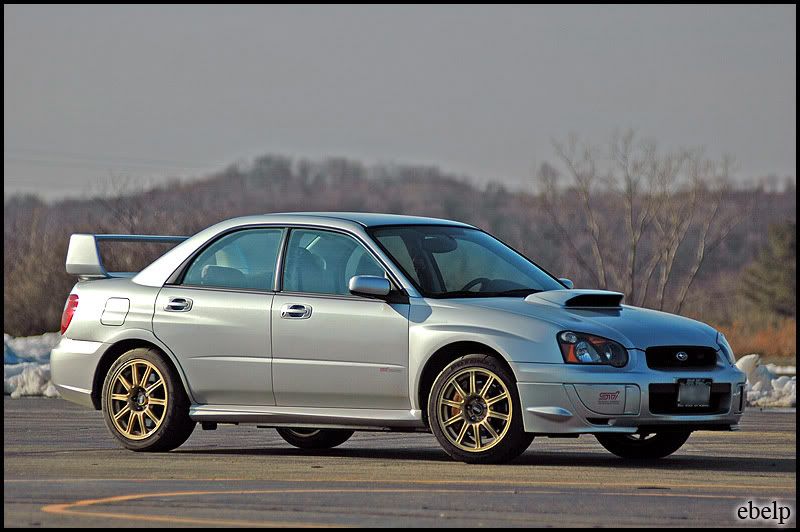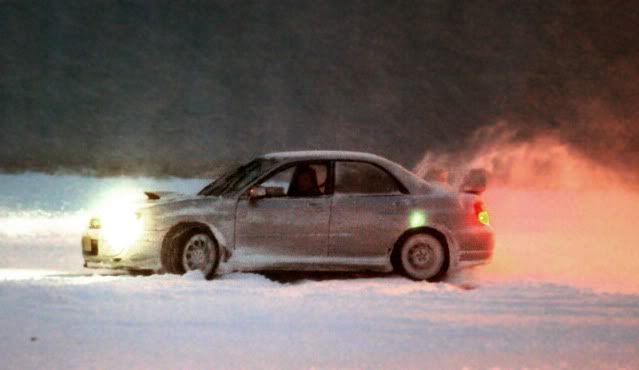
When removing the airbag from the steering wheel, be sure to turn the ignition switch to OFF, disconnect the ground cable from battery, and wait for more than 60 seconds prior to starting work. The airbag system is fitted with a backup power source. If the airbag system is serviced within 60 seconds after the ground cable is disconnected, it may inflate.
When storing a removed airbag module, do not place any objects on it or pile airbag modules on top of each other. If the airbag inflates for some reason when it is placed with its pad side facing downward or under any object, a serious accident may result. Do not drop the airbag modulator parts.
REMOVAL
1) Disconnect the ground cable from battery.
- Use a 10mm socket to do so
- Please remember that if you have Cobb AccessPort, your real time map will be need to be reflashed after disconnecting the battery
2) Set the tires to straight-ahead position.
- Do your best to park as straight as possible. We suggest straightening the wheel and driving forward approximately 15ft. Try having a friend help you with this.
3) Remove the airbag.
- In order to remove the airbag, you will need a T30 TORX bit.
- You will find the two bolts on the left and right-hand side of the steering wheel, approximately at 9 and 3 o’clock (refer to figure 1.0 in the “Reference Images” section of this installation guide).
- These are lightly torque (~5 to 7.2 ft.lbs) and will not come out of the steering wheel.
- Once these are loosened, you may gently remove the airbag.
- You will immediately notice the airbag harness. There may be one or two plugs and one ground plug connected to the airbag. The ground is removed with another gentle pull. The main connectors, located on the center of the rear of the airbag, will have either one yellow or one yellow and one pick lock tabs. Use a small flat head to gently pry this upward. Place this yellow lock tab in a safe place (refer to figure 1.2 or 1.3 for applicable model year).
- Your airbag is now ready to be removed! Please take great care in storing your airbag!









